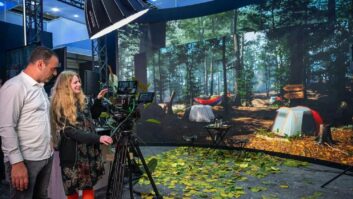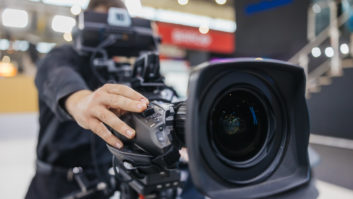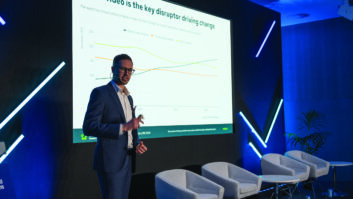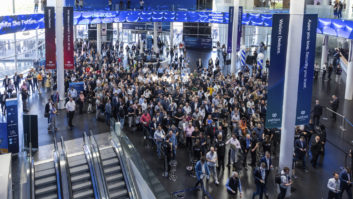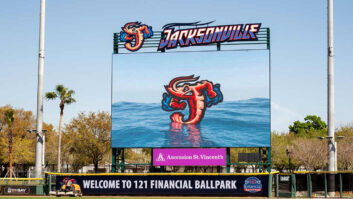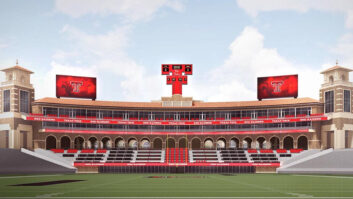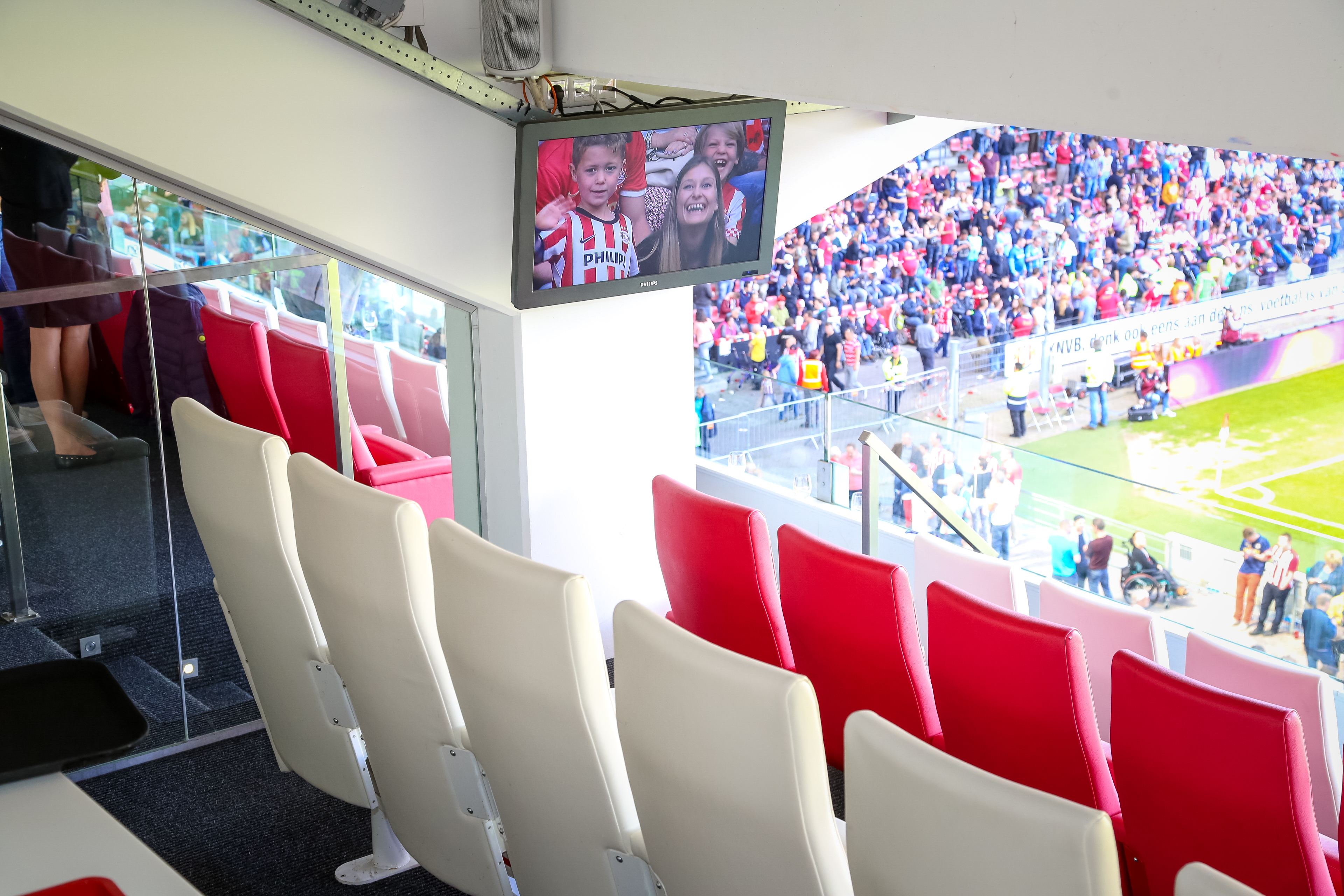
Following a look at how the increasing accessibility of broadcasting equipment has encouraged sports venues and organisations to produce their own content, here David Davies considers the different models to create, distribute and archive content either in-house or externally, and the different forms the content can take.
For NewTek, the story of its presence in sports venues began a new chapter in 2005 with the launch of the first product in the TriCaster family, which provides an integrated multi-camera production and media publishing solution to create programmes for streaming, online video, post-production, broadcast, social media and projection. In recent years, the introduction of more cost-friendly solutions like TriCaster and 3Play has brought full production capabilities within the reach of an even greater cross-section of customers.
“When we developed TriCaster we wanted to take all of our expertise and know-how in building integrated production systems and offer a solution with a very comprehensive feature set – but at a significantly lower price than the vast majority of solutions out there. TriCaster has all the capabilities people need and love when telling a story through video,” says NewTek director of sales east, EMEA, Chris Waddington.
Acknowledging the fact that “when it comes to sports production you have to think about two main aspects – graphics and replay – and both of those can be expensive”, NewTek has also developed 3Play. Geared towards the needs of local producers, 3Play offers a feature set including: multi-camera capture, 2-channel delivery to feed video boards or broadcast; seamless mixing of live video with assets from a media library; and slow-motion playback.
“As well as the fact that it is possible for clubs and venues [to use these solutions] to produce content in a seamless way, using integrated systems means that there is no longer a need to have large teams to produce content,” says Waddington. “Smaller production teams can be more agile, more efficient, more reactive and, of course, more cost effective”
Service providers
Although some venues and clubs have gone down the road of adding dedicated broadcast personnel – or at the lower tiers sourcing help from local media colleges – and effectively doing everything in house, there is also a model that sees an external company help to produce, distribute and archive content on their behalf. In the UK, ADI is arguably the leading light of this particular trend.
“We work in two primary ways here in that we are able to empower the clubs to produce their own content, and then also support that with the content we have produced. We have the dedicated resources – including producers and directors – to be able to deliver those services,” says Daniel Gray of ADI.
While there is no doubt that football has been the trailblazer in terms of the sports content boom, Gray says the trend is also permeating other sports. Meanwhile, the company is continuing to consolidate the success of Live Venue – its fibre network that connects stadiums throughout the UK to the world’s leading broadcasters.
Among other features, Live Venue makes it possible to connect and deliver live content to every screen in a stadium, allowing the provision of “truly collaborative programming” and removing the need for investment in on-site studios and personnel. Live Venue also makes it possible to deliver a huge range of additional streaming, content and asset management services.
As well as its core weekly work, ADI can also provide additional resources to help sports venues and clubs celebrate their most special moments. Leicester City’s recent triumph in the English Premier League is a case-in-point, with ADI providing LED screens for the celebratory parade event in Victoria Park, as well as a team to film and produce live footage of the parade and the signal distribution linking live cameras back to the park. A production team was also on site to edit and distribute highlights footage to external broadcasters.
Content types
In terms of the actual content being produced by venues with more sophisticated set-ups, it is evident that this can take many different forms. As Colin Farquhar, CEO of Exterity notes: “The material we are seeing is often ancillary material, in order words feeds that augment the experience. Those might include material from previous games, interviews with players and managers, and some locally produced fan stuff.”
Inevitably, a fair amount of this content is short-form material of a few minutes or so that can be pushed out on various social media platforms, as well as used to intersperse feeds on internal venue digital signage networks. But there are also plenty of operations that are delivering full, ‘bells and whistles’ magazine-style programmes – such as the Cardiff City FC example cited by James Keen, marketing manager of IPTV, VOD and digital signage specialist Tripleplay Services.
“Every week they produce an hour-long TV show that includes interviews with players, training ground footage and goals of the week, as well as coverage of the juniors’ team, the women’s team and the Cardiff City soccer school,” says Keen. “They record all footage and distribute it to social media channels, as well as playing it out on match-days at around 1:30pm. It’s a way of being inclusive to fans and also encouraging them to come to the site a bit earlier.”
www.adi.tv
www.exterity.com
www.newtek.com
www.tripleplay-services.com
